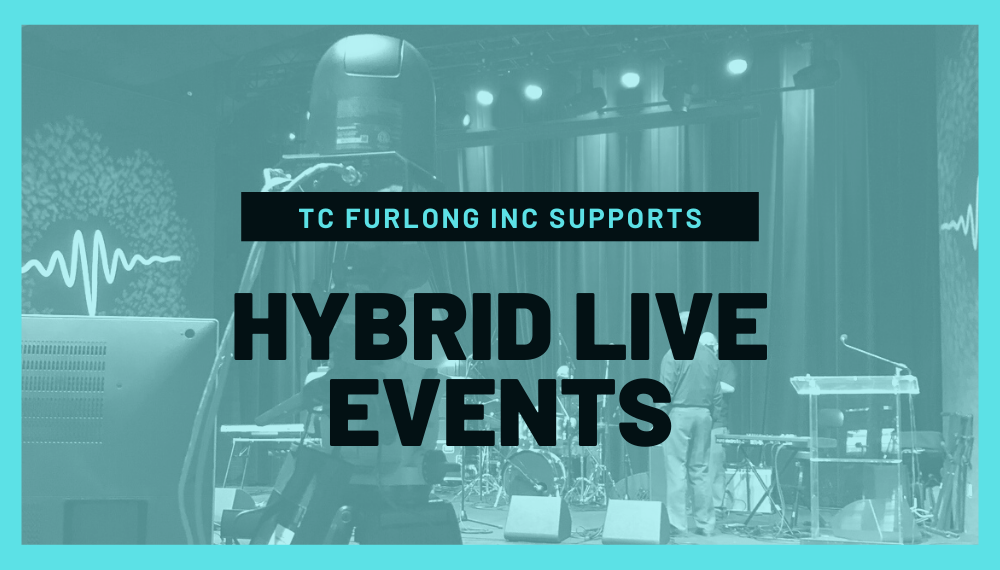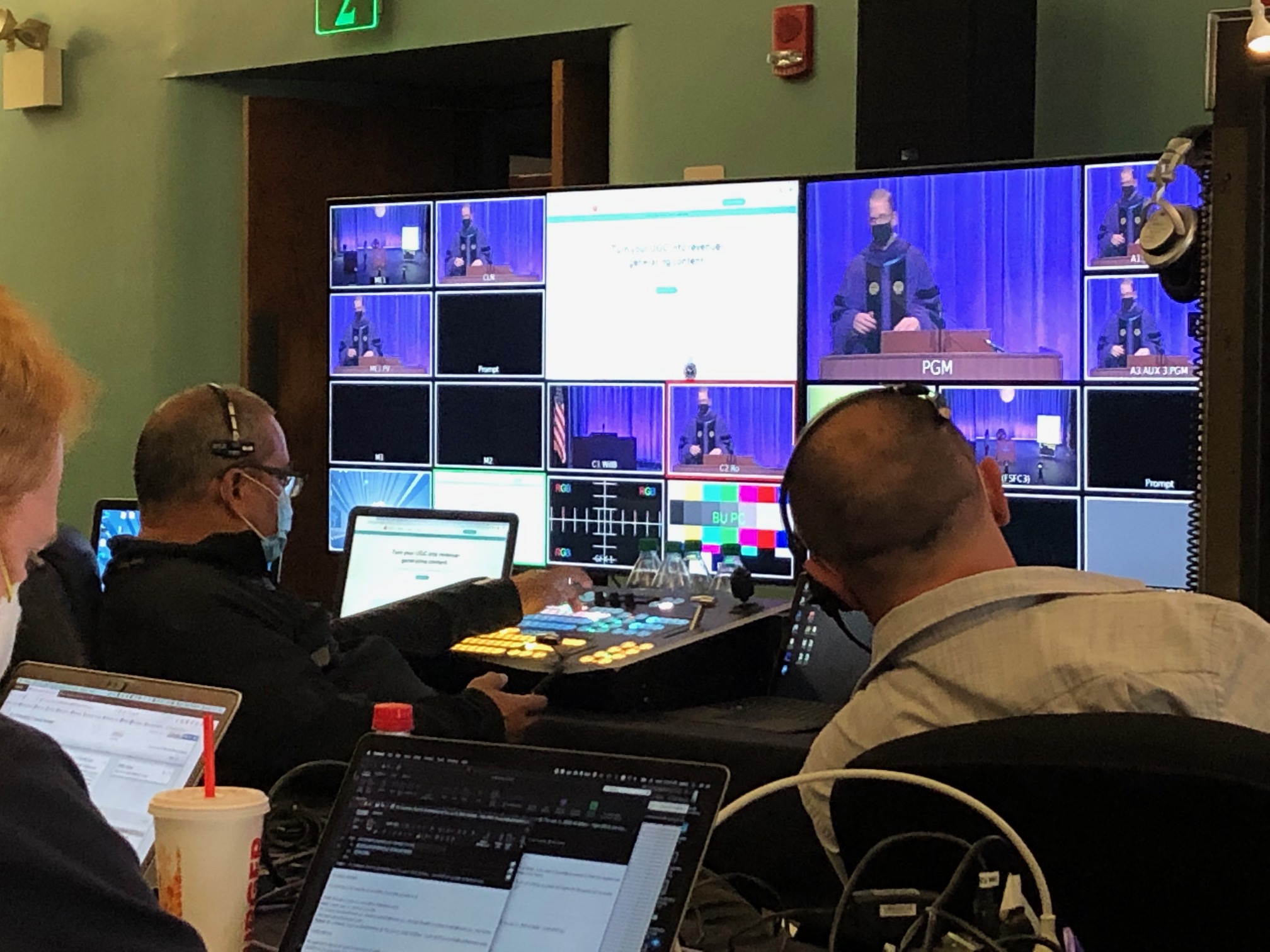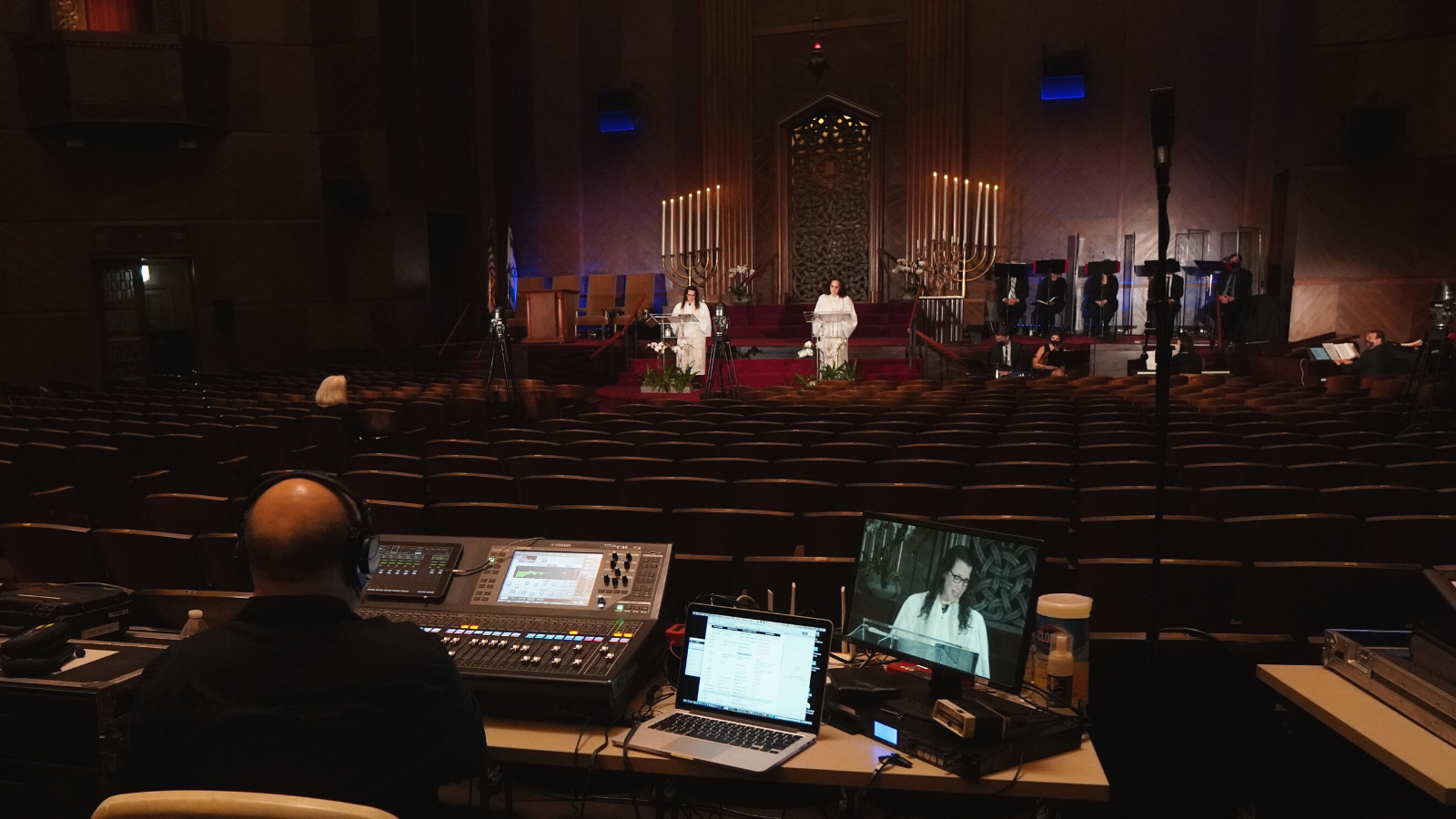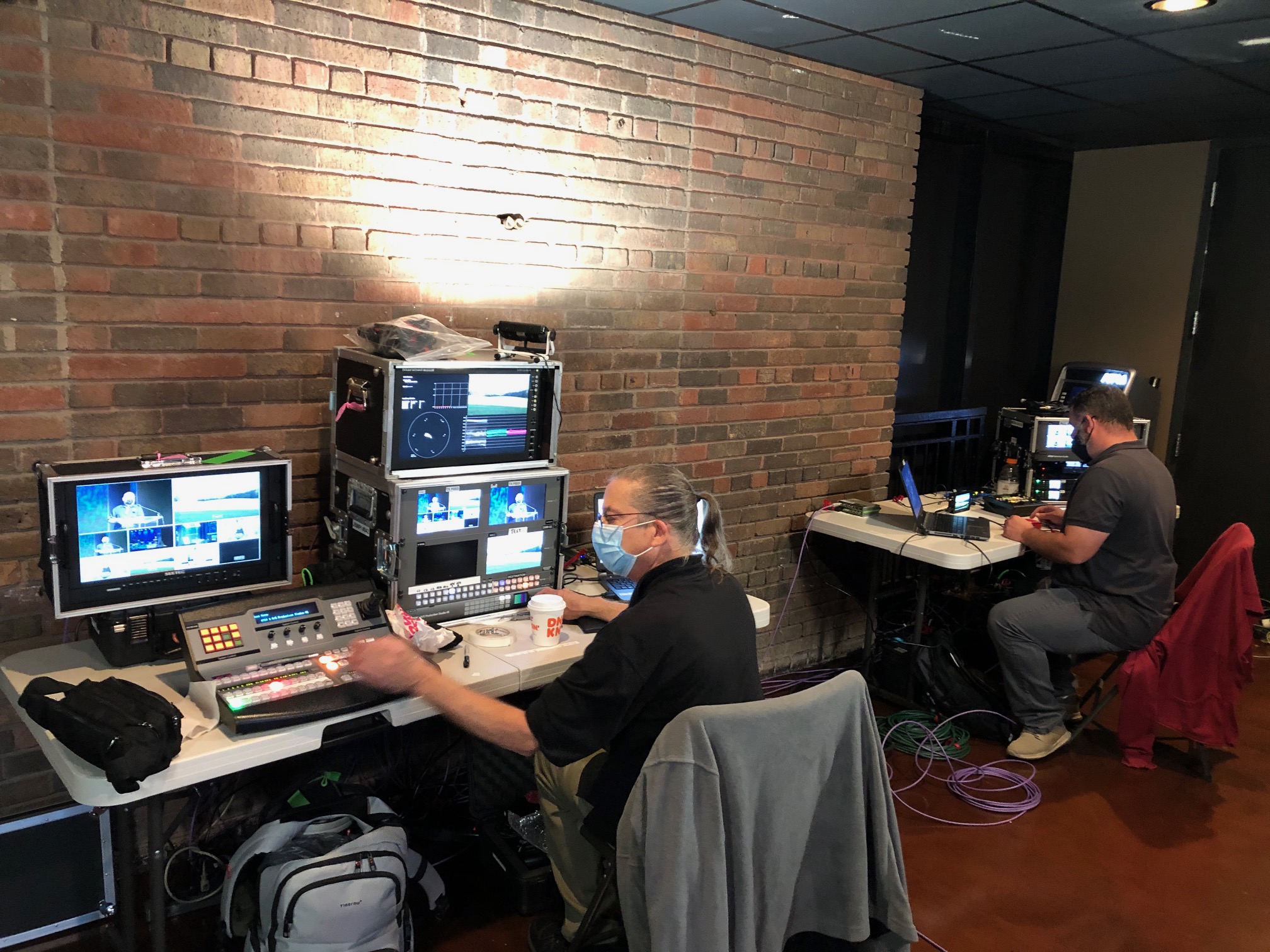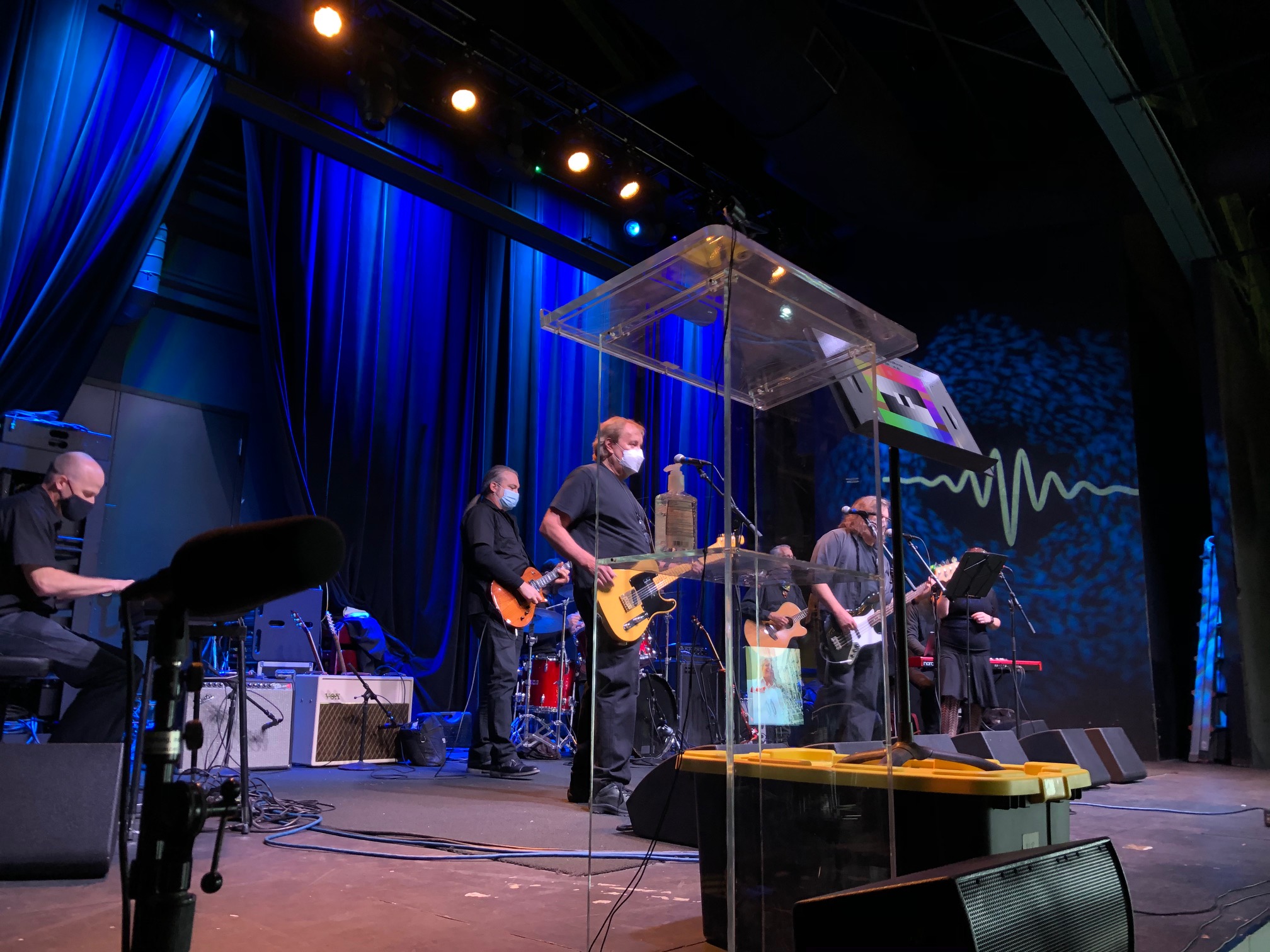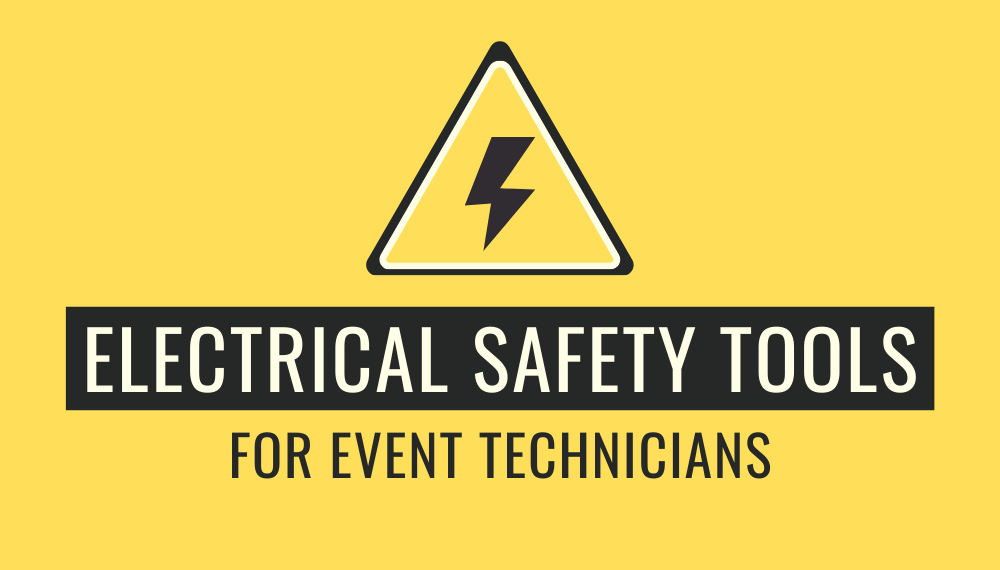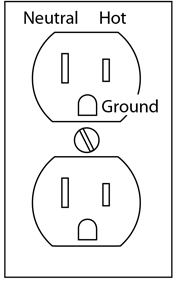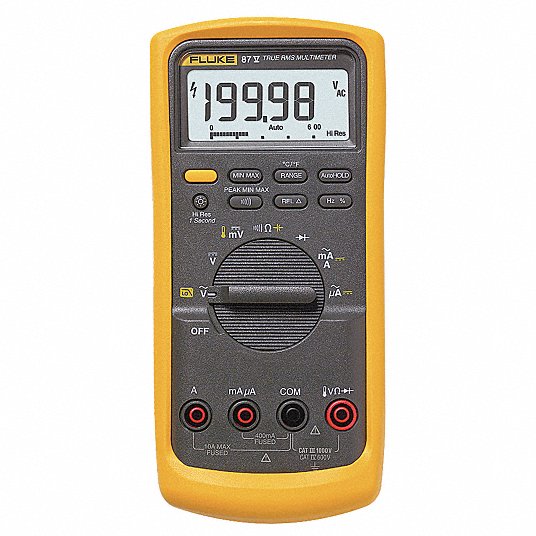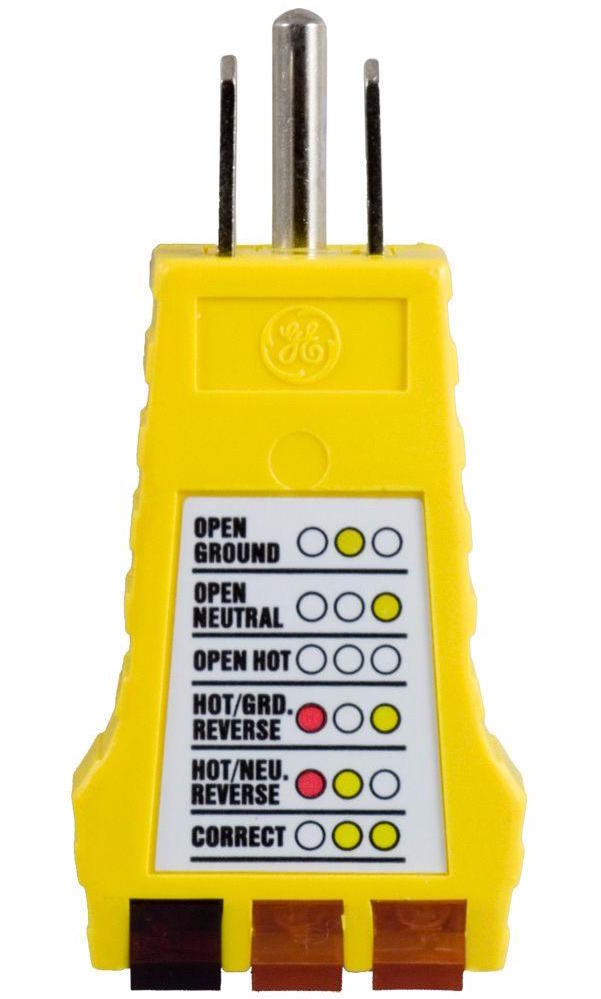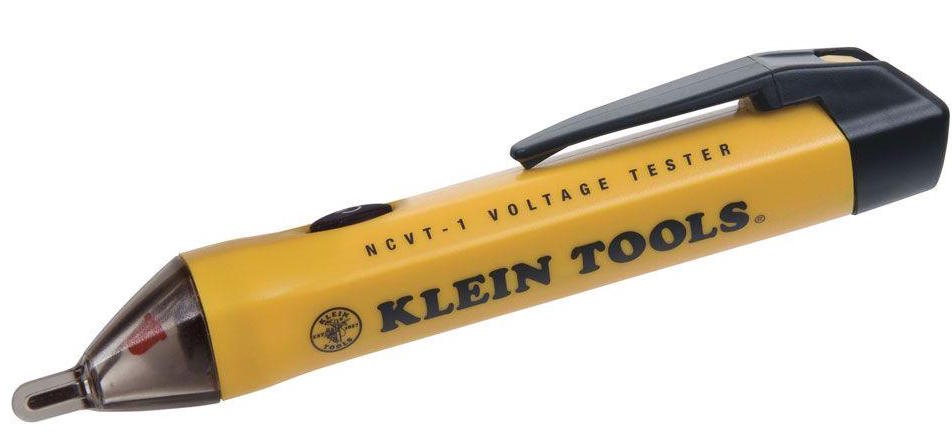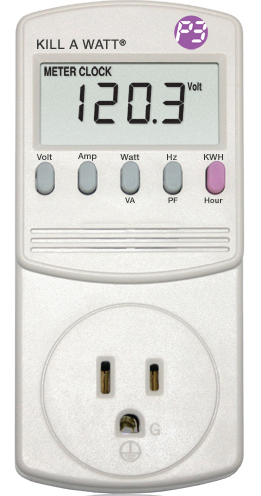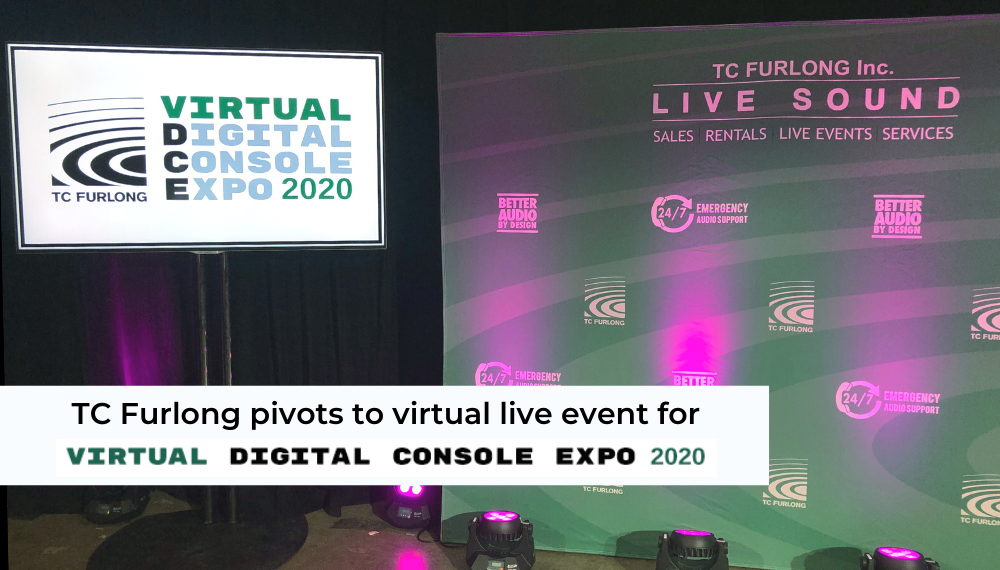
From December 1st – 3rd, TC Furlong Inc. hosted its 10th Annual Digital Console Expo as a three day virtual live event. This year’s Expo featured content from seven leading manufacturers of digital consoles, including Allen & Heath, AVID, DiGiCo, Lawo, Solid State Logic (SSL), Waves, and Yamaha.
The Digital Console Expo has traditionally been an in-person event, held each year at Moody Church in Chicago. When it became apparent that an in-person event would not be possible this year, we pivoted to using our experience in virtual and hybrid live event production to bring our Expo entirely online, with the goal of providing the same engaging and valuable experience attendees have come to expect from the events of years past.
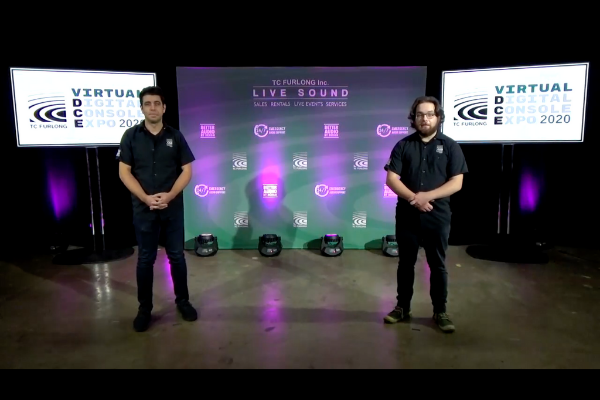
A New Format
The Expo featured morning Main Session presentations by two or three of our manufacturer partners each day, followed by afternoon Breakout Q&A sessions, giving attendees the opportunity to engage in direct dialogue with presenters in a small group setting. Some manufacturers also presented additional Deep Dive webinar sessions in the evening each day.
Each manufacturer’s Main Session segment consisted of a short, pre-recorded presentation, followed by a brief live segment with a member of the TC Furlong Sales & Marketing Team. Those who watched the Main Sessions live were eligible for a chance to win giveaway prizes from each of the manufacturers.

The Breakout Q&A Sessions were 30-minute, open format Zoom meetings. A virtual alternative to stepping into a manufacturer’s booth at an in-person Expo, the Q&A sessions were an opportunity for attendees to ask questions that weren’t addressed during the main presentations, and dig in to details about specific products.
The Expo also featured Deep Dive webinars from Allen & Heath and Lawo. Allen & Heath presented three webinars on their SQ Series, dLive Series, and Avantis consoles. Lawo’s Deep Dive focused on their mc2 Series of digital consoles.
All of the Main Session presentations and Deep Dive webinars were recorded, and are available for review on our YouTube channel.
- VDCE 2020 Main Session Day 1 featuring Allen & Heath and Yamaha
- VDCE 2020 Main Session Day 2 featuring Solid State Logic, Lawo, and AVID
- VDCE 2020 Main Session Day 3 featuring Waves and DiGiCo
Behind The Scenes
Switching to a virtual event this year was not only a hurdle for the format of the event, it also presented a challenge to the TC Furlong Live Events team, who were tasked with putting together the entire production. The annual trade show-style, live event at Moody Church has always been a TC Furlong team effort, but this year’s event was truly an interdepartmental project with the necessary video, audio, lighting, and overall event production all being handled in-house at the Lake Forest, IL office.
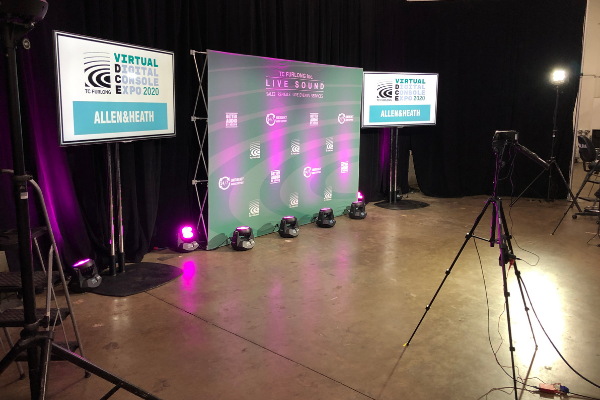
The first step was designing the office layout including the presentation set, the video playback/control, and audio control suites in a safe and pandemic-responsible setup. To allow for appropriate social distancing measures, the set for the shoot was located in one of our warehouse spaces, while video switching, technical direction, and audio mixing took place in separate office spaces throughout the building. All of these spaces were tied together with the necessary cabling for audio/video I/O and each location had a multi-view monitor setup to see what was happening all over the office.
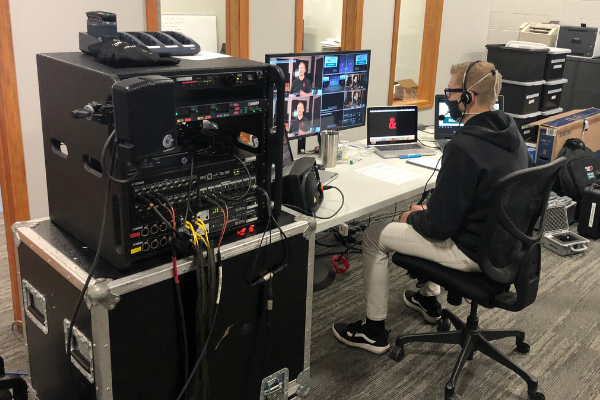
Technicians were using FreeSpeak II wireless intercom to stay connected and had a separate intercom channel dedicated to stage announce/aux inputs to talk to and hear back from the hosts of the event on-set. Audio for the program and other matrix outputs was mixed in our front lobby, and playback and Zoom audio returns were routed through monitors at each technician’s work area and into the in-ear monitors of the on-screen hosts.
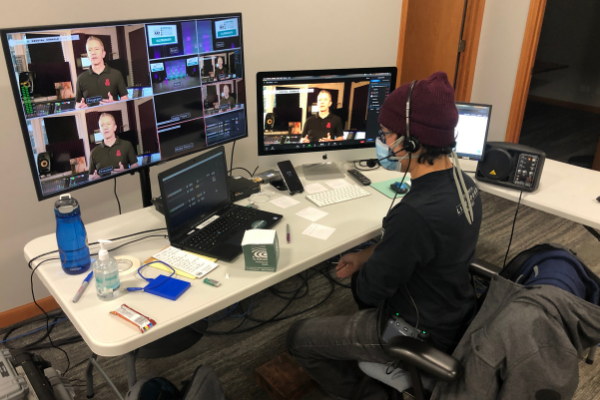
The multi-camera shoot was routed to a video switcher in the office where a technician was able to handle switching duties. Video playback of manufacturer presentations was handled locally, while manufacturers joined us live via Zoom from across the country.
While we weren’t able to gather in person for this year’s event, we’re proud that we were able to provide much of the same great educational content and opportunities for conversation via a virtual alternative. We’d like to extend our thanks to our manufacturer partners, and everyone who attended, and we look forward to welcoming everyone to our next Digital Console Expo in 2021!
TC Furlong Inc. is proud to be an authorized dealer for the manufacturers featured at this year’s Expo. To request a quote, or more information about any of the featured products at this year’s show, reach out to our Sales Team at sales@tcfurlong.com or call 847-367-9588.
We also carry many of the brands featured at the Expo in our rental inventory. To learn more about renting a digital console, or anything else in our extensive rental inventory, reach out to our Rental Team at rentals@tcfurlong.com or call 847-367-9588.
Is your organization looking to host a virtual or hybrid live event? TC Furlong Inc.’s Live Events team can provide a full AV production solution for your next event. Contact Jeff Cech at jc@tcfurlong.com to get started.

